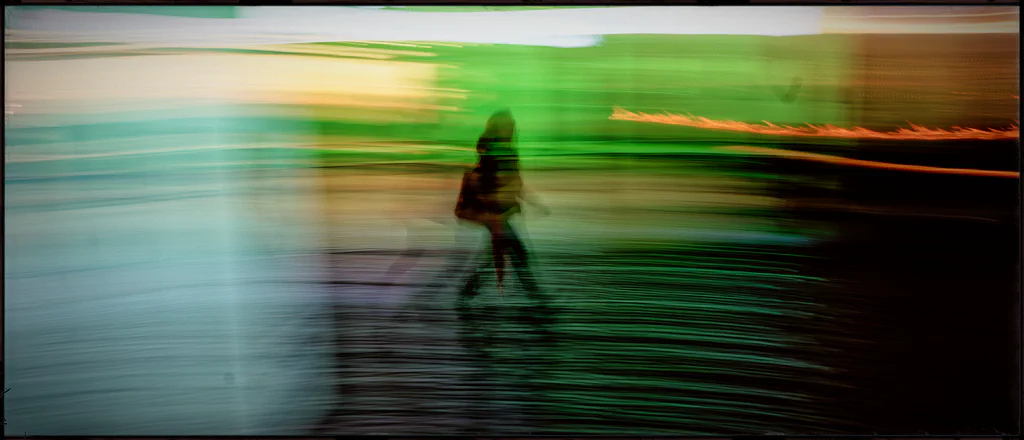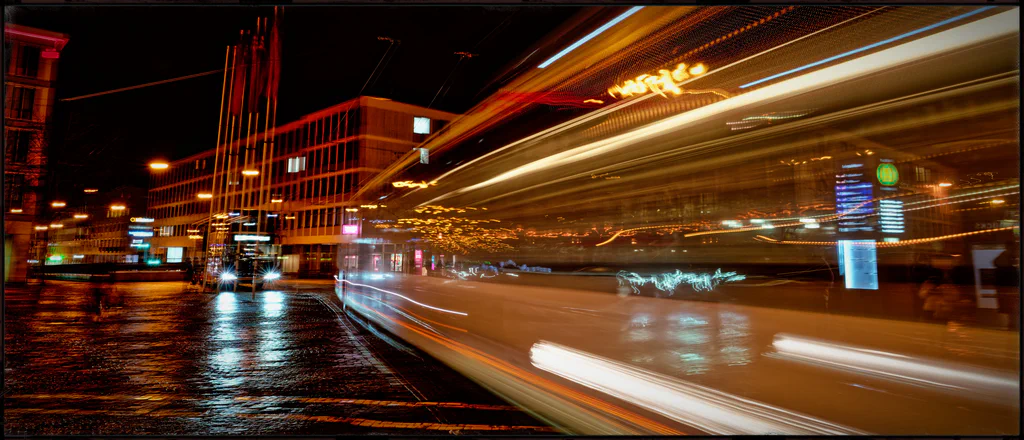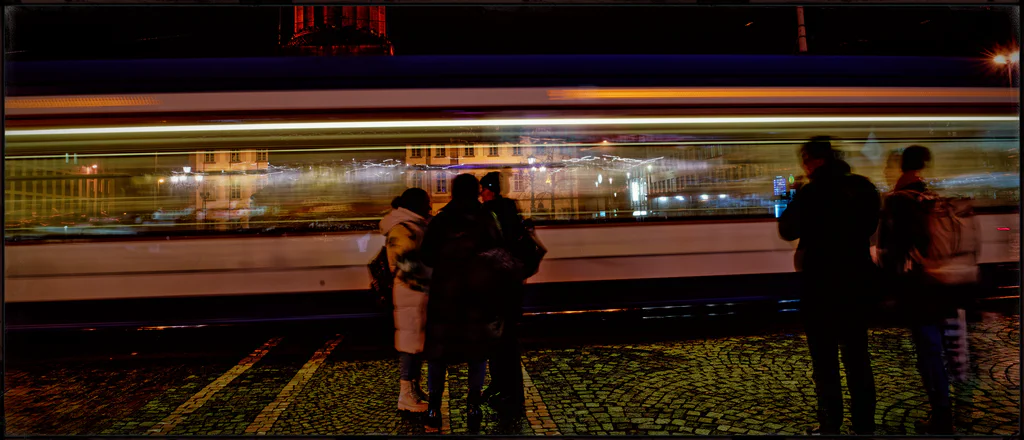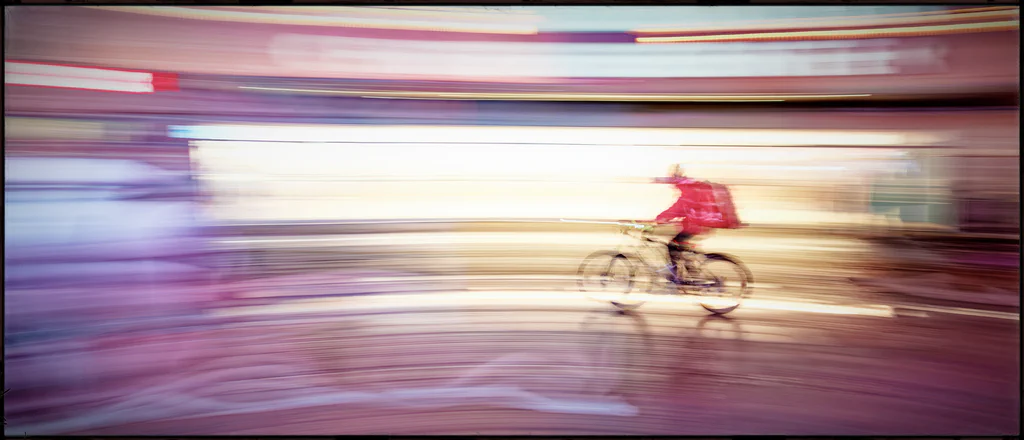Photowalk 2024-02
This year, we are taking it easy. If you have ever felt that taking good photos is too complex, then this is the perfect opportunity for you. We are going back to basics with a theme that is not too complicated to learn, and we are combining it with a similar but more demanding theme.
Please note that it is usually easier to stick to only one theme, so don’t try to do both.
For the second theme, you will need a tripod.
February’s themes are “low light” and “long exposure”
Long exposure photography is a technique that uses a long-duration shutter speed to capture images. It allows for stationary elements to be captured in sharp focus while blurring or smearing any moving elements.
This effect can convey motion, illuminate low-light scenes, or transform moving elements into artistic expressions.
Long exposure is popular for capturing a variety of subjects under various conditions, such as:
Light Trails: In urban areas, long exposures can transform the lights of moving vehicles into colourful streams, creating dynamic trails that highlight the paths of motion through the landscape.
Cloud Movement: Over landscapes, long exposures can blur moving clouds, creating a dramatic or dreamy sky that contrasts with the stillness of the land.
Water and Seascapes: Long exposures can give water a misty, smooth appearance by smoothing out the motion of waves and waterfalls. This effect can make seascapes and river scenes look serene or surreal.
Nightscapes and Astrophotography: Long exposures can reveal details in night scenes that are invisible to the naked eye, such as stars and the Milky Way, by allowing enough light from these faint celestial objects to reach the camera sensor.
To achieve a long exposure, use a camera with manual control over the shutter speed. This often requires the shutter to be open for several seconds to minutes.
As the camera’s sensor is exposed to light for an extended time, a tripod is usually necessary to keep the camera still and avoid unwanted blurring from camera shake.
Long exposure photography demands patience and experimentation to achieve the desired effect, as the correct settings can vary greatly depending on the lighting conditions. However, the unique and captivating results make it a favourite technique among photographers seeking to add a sense of motion, time, or an ethereal quality to their images.
The outcome of this photowalk can be viewed on Smugmug .






